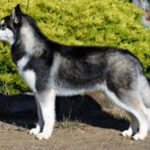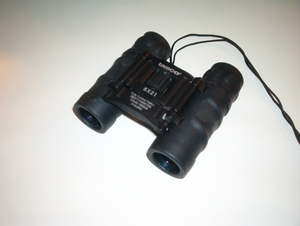Origins of the Alaskan Husky
Quite a few thousands of years ago, Paleolithic Indians and Eskimos landed with a breed of tamed canines, referred to as Native Village dogs, and the larger built Interior Village dogs. Through time, Native Village dogs were crossbred with a number of sporting dogs like the Eskimos’ Siberian Huskies, the Alaskan Malamutes, and several other athletic breeds. The results of this crossbreeding were dogs who achieved a genetic peak of such quality and variability, presently better known as our Alaskan Huskies.
To read about Malamutes instead, click here. To learn more about Eskimo dogs (Siberian Huskies), click here.
Alaskan Huskies could be strong working dogs (doing draft works like moving lumber), or sleddogs (pulling tourist rides through glacial attractions.) Alaskan Huskies were adapted to both drastic cold to searing temperatures. Nowadays they contend for sled races and numerous other dog-mushing competitions.
Attributes of the Alaskan Husky
The Alaskan Husky, being resulted from an experiment of mixing working dogs and sleddogs, is a highly efficient breed that crosses the line of the two categories. The Alaskan Husky were aimed to surpass the capabilities of both types of dogs, which they did, and are now gradually replacing both the racing and working breeds.
Due to their mixed bloodline, the Alaskan Husky’s coat color varies from patched multicolored to pure red, black, white, brown, while others are red or black with a combination of white.
The ideal weight of an Alaskan Husky ranges from 50-80 pounds for the working type, and 35-60 pounds for racing types, while height could be anywhere from 22-26 inches up their withers (females are slightly smaller). They are great sporting dogs that can cover up to a thousand mile run. An Alaskan Husky’s lifespan stretches from 10-14 years.
Even if this breed is particularly healthier than most purebreds, Cancer is still one of major cause of deaths.
Alaskan Husky Attitude
Alaskan Huskies have an attitude common to the larger breed of dogs, and are sometimes difficult to control. They have a great sense of self-dominance, independence, and physical power. This makes the Alaskan Husky not your best choice if you’re a beginner and only looking for a reliable housepet.
Brains?
Alaskan Huskies are exceptionally intelligent breed of dogs: in sense, are very fast learners. However, with their temperament, they may be harder to control than one might think. It is also crucial that they undergo proper obedience training.
1. Establish discipline at early age. You might have difficulties otherwise.
2. Alaskan Huskies will catch up quickly, but never set your expectations too high.
2. Teach your dog one command at a time.
4. Entail motivation and reward.
For more tips on dog training, click here.
Maintenance
Burly-haired dogs require more frequent grooming than others. However, the Alaskan Husky generally classifies as a snow-coated dog. Their fur will not tangle as much as a Retriever, but you will still need to brush them regularly. Since Alaskan Huskies are very powerful and aggressive, it would be a necessity to trim their nails often for caution. In most cases, someone accidentally gets hurt.
More Related Articles;
Dog Hazards | Allergies Q&A;
Dog Hazards | Dogproofing
Ancient Dogs
Siberian Husky Sled Dog History
Tips for Siberian Huskies


